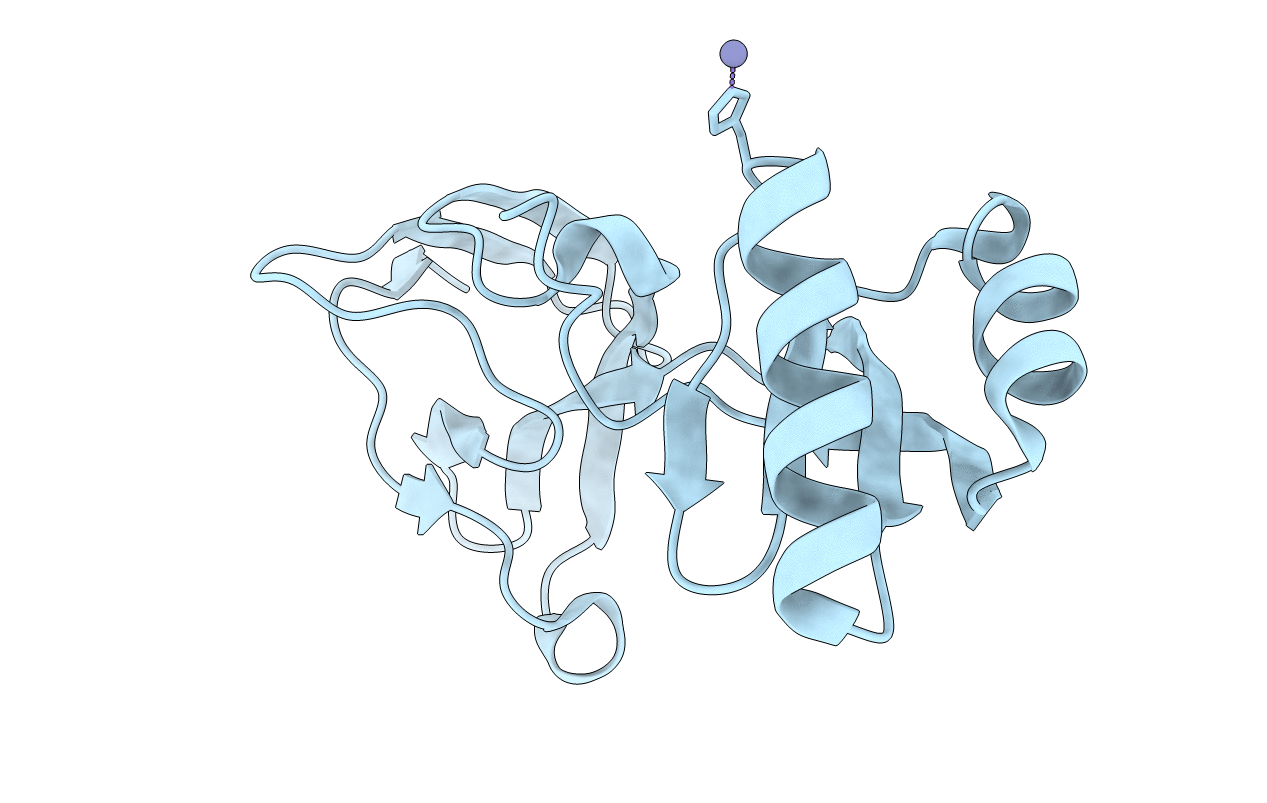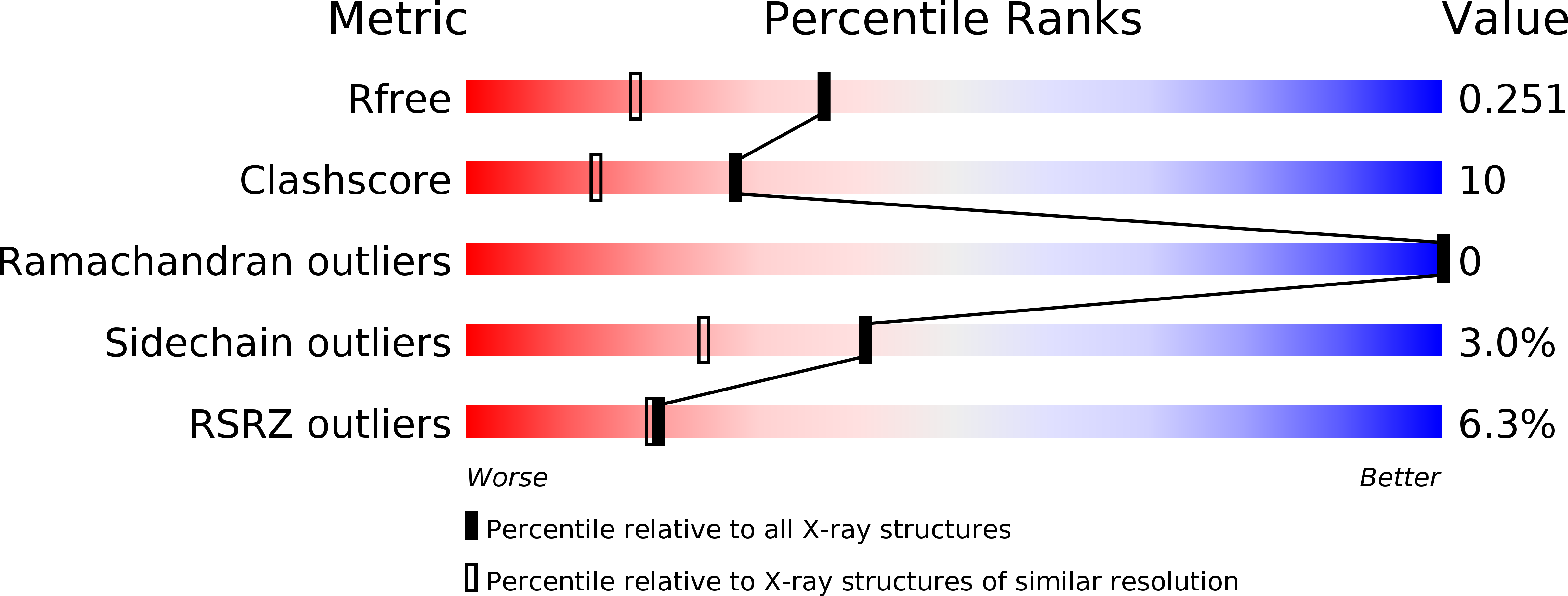
Deposition Date
2001-07-17
Release Date
2002-01-04
Last Version Date
2024-05-08
Entry Detail
PDB ID:
1EB0
Keywords:
Title:
Crystal structure of Bacillus pasteurii UreE at 1.85 A, phased by SIRAS. Type I crystal form.
Biological Source:
Source Organism:
BACILLUS PASTEURII (Taxon ID: 1474)
Host Organism:
Method Details:
Experimental Method:
Resolution:
1.85 Å
R-Value Free:
0.25
R-Value Work:
0.22
R-Value Observed:
0.22
Space Group:
I 2 2 2


